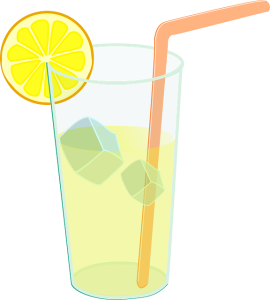Purpose
[stextbox id = “info”] To illustrate for students what they cannot see—that is, what happens at a particle level during condensation, in particular: that the number of particles does not change, that the size and shape of particles do not change, and that the particles are in constant motion.[/stextbox]
Description
[stextbox id = “info”] Show the states of matter simulation from PhET Interactive Simulations:http://phet.colorado.edu/en/simulation/states-of-matter [/stextbox]
Questions to Ask Students
[stextbox id = “info”]- Describe the motion of the particles in the gas phase. How does that motion change as the particles are cooled?
- Describe the spacing of the particles in the gas phase. How does the spacing change as the particles are cooled?
- How does this simulation help you explain the liquid on the outside of the glass in Student Experiences 1 and 2?
Student Thinking
[stextbox id = “info”] The simulation should help students see how particles slow down and “stick together” as they cool. It also confronts the following misconceptions:- Matter is continuous (matter is actually particulate).
- The number of particles changes during phase changes (the number of particles actually stays the same).
- The size of particles changes during phase changes (the size of particles actually does not change).
- Particles do not move (particles actually move constantly).
Implementation Tips
[stextbox id = “info”]- Tell students that the simulation will allow them to see a model of what they cannot see, even with the strongest microscope.
- Spend some time with the simulations before you share them with your students; it helps to be familiar with their settings.
- Consider doing the simulation first with Argon or Neon instead of water. Argon and Neon have only one atom and avoid the potential confusion that a water molecule presents.
- Begin the simulation in the gas phase. Focus students on the motion of the particles and their arrangement in this phase. Slowly cool the particles and call students’ attention to how particles stick together as the temperature decreases.
- Students may ask how we know the model in the simulation is the right one. Models have to be supported by evidence, and one piece of evidence for the model in the simulation is that it explains how the liquid formed on the outside of the cold drink glass. Students can engage with other evidence for the model in other Driving Question Pathways.
